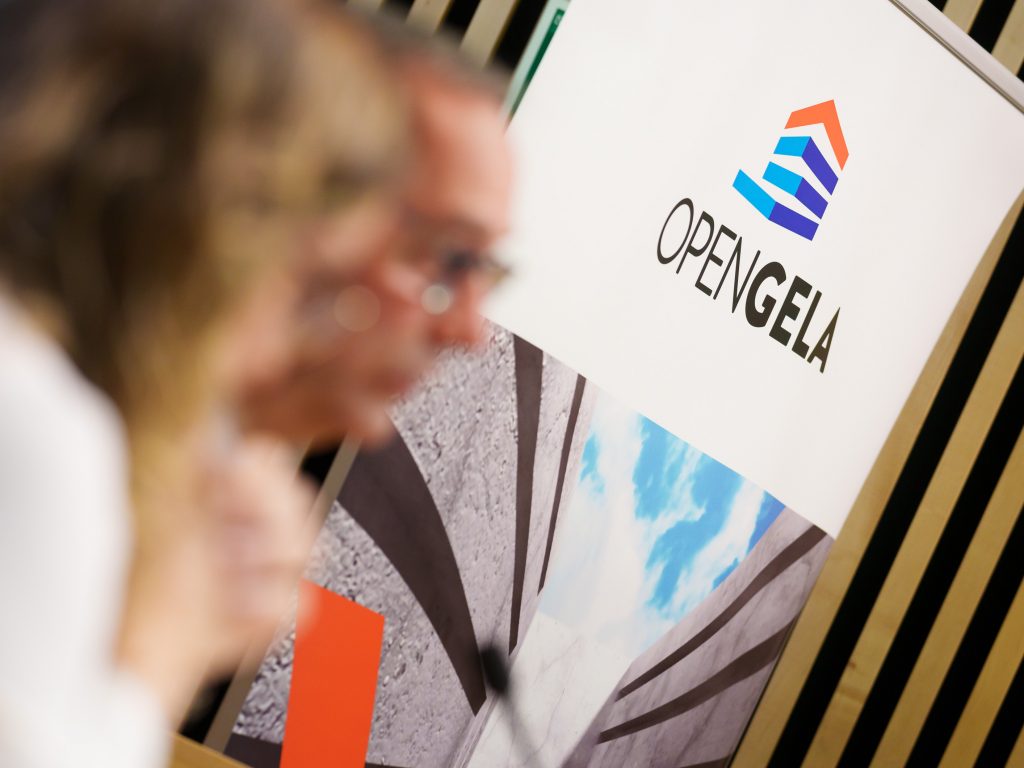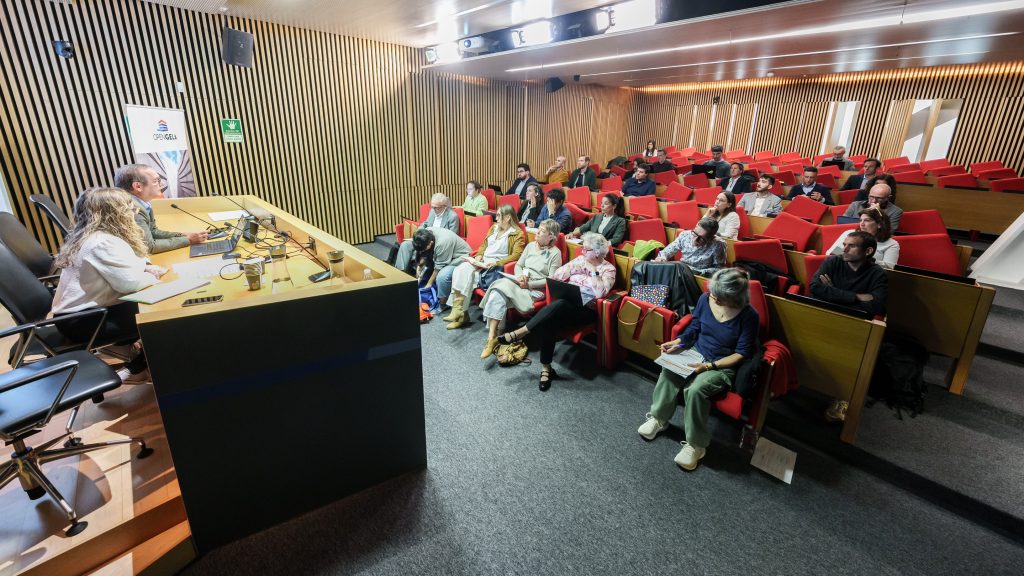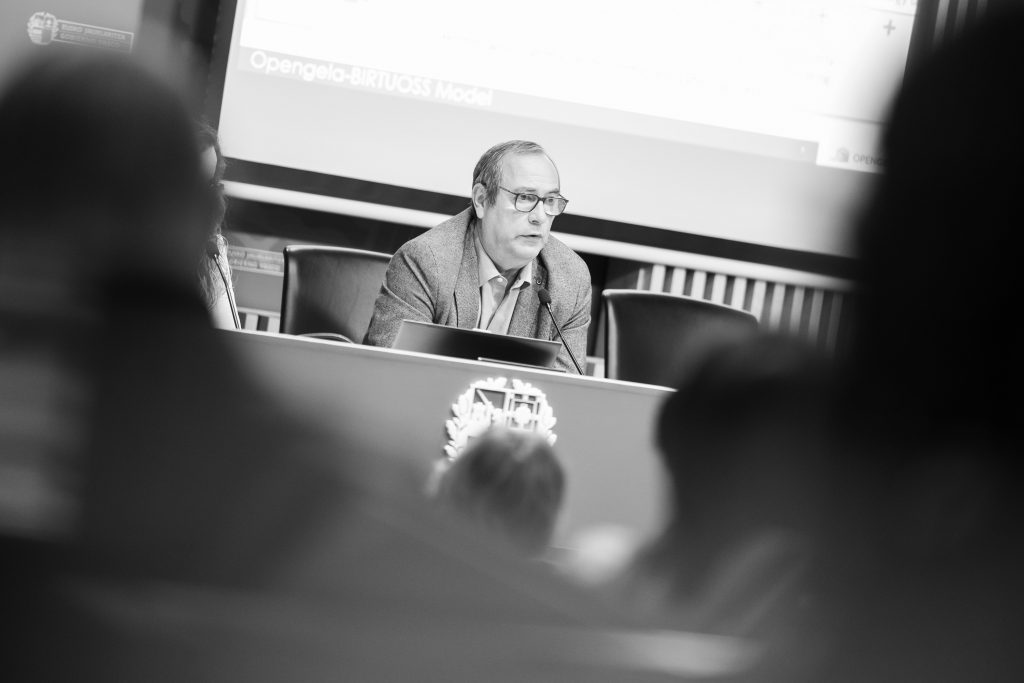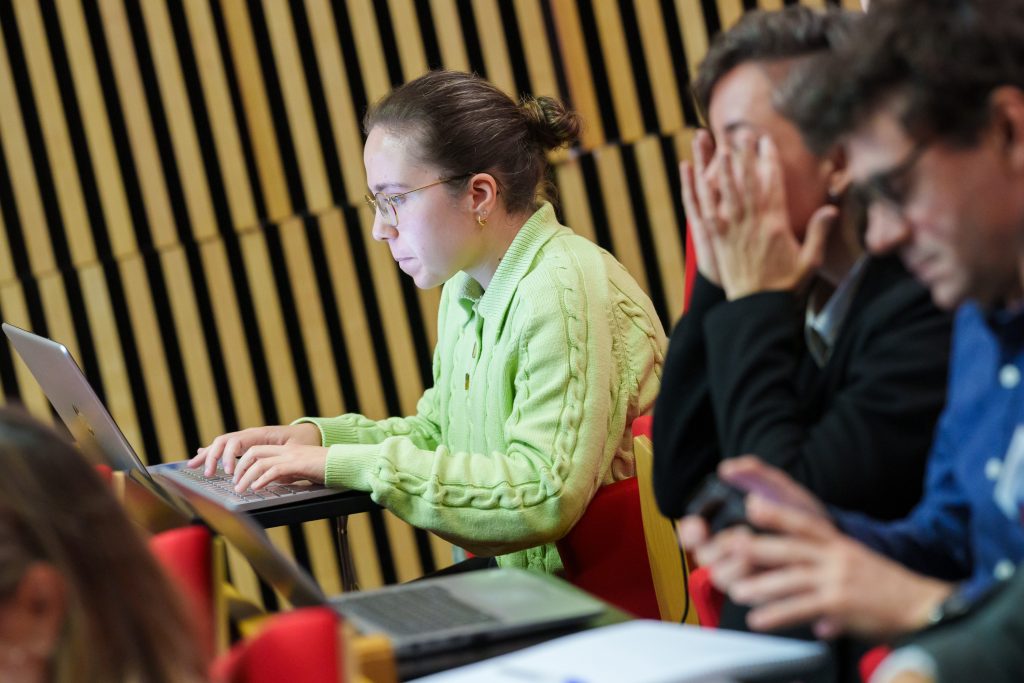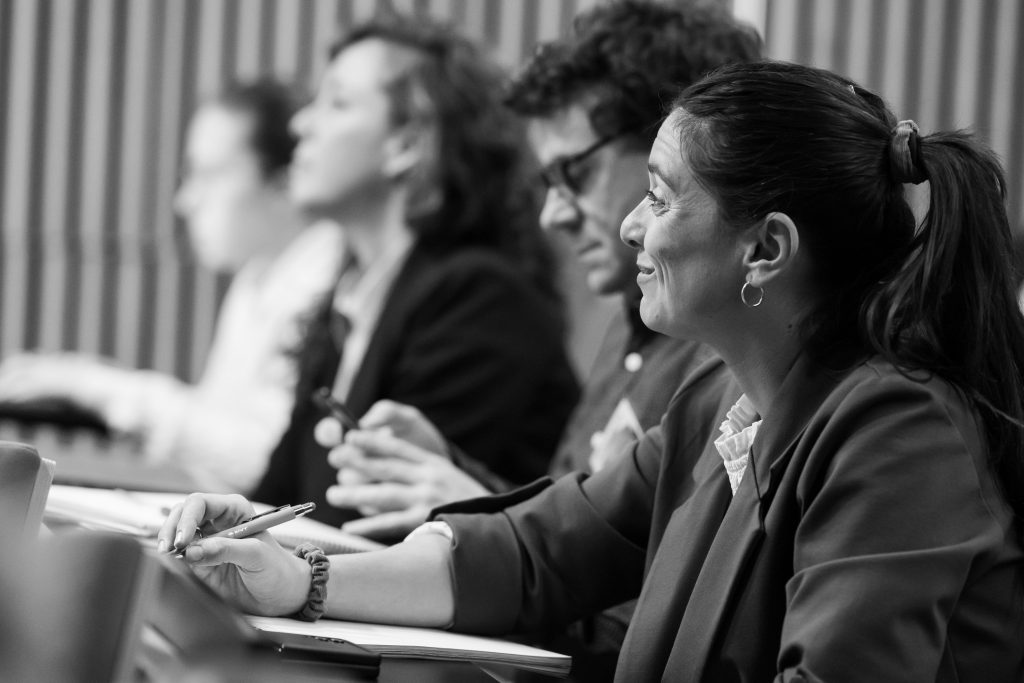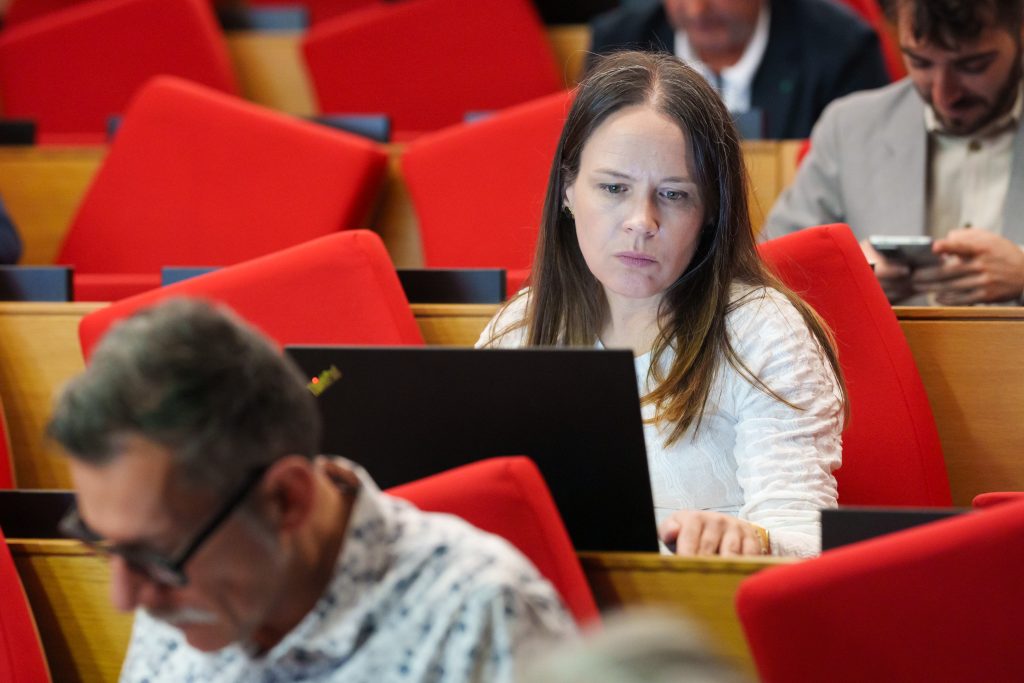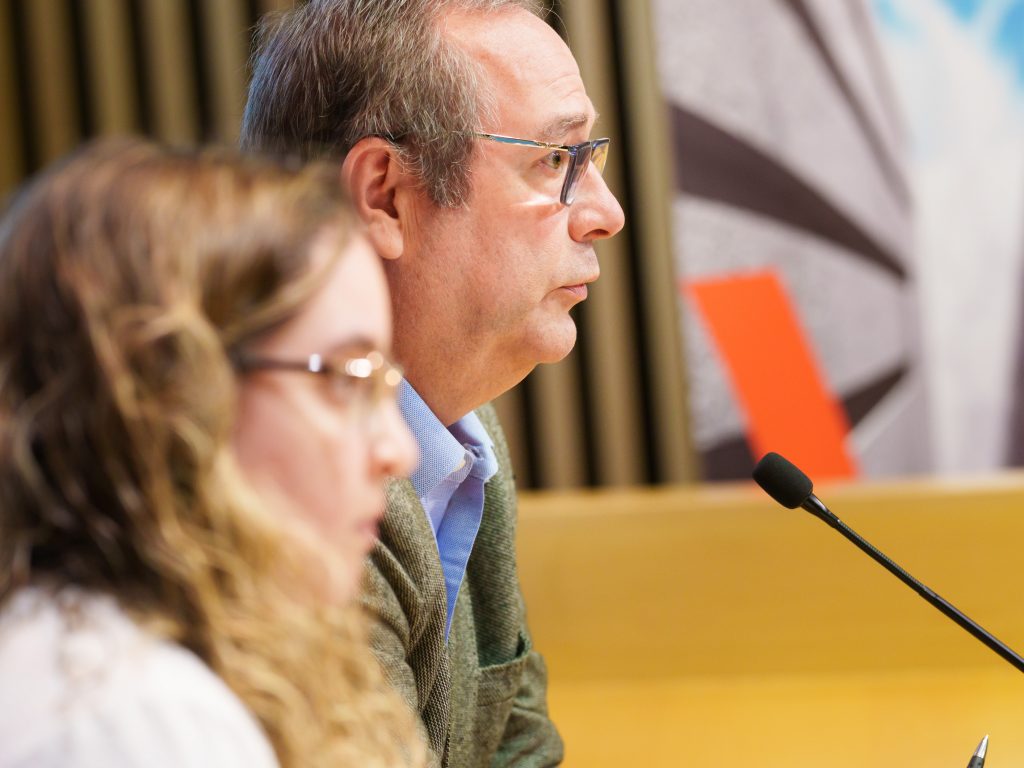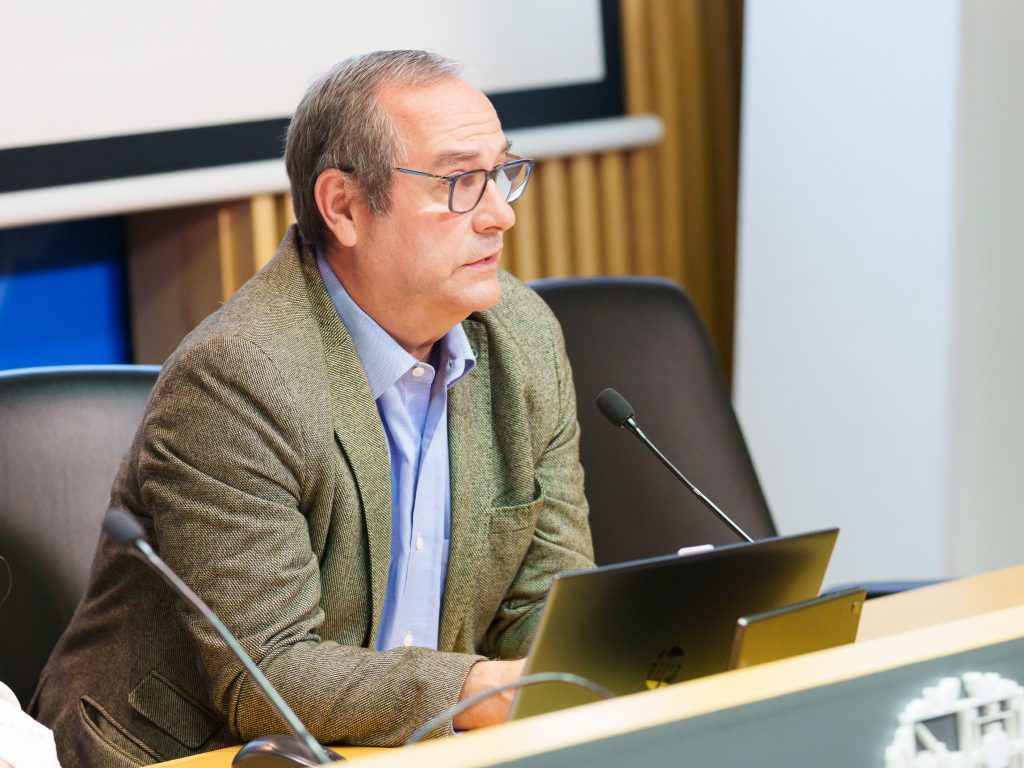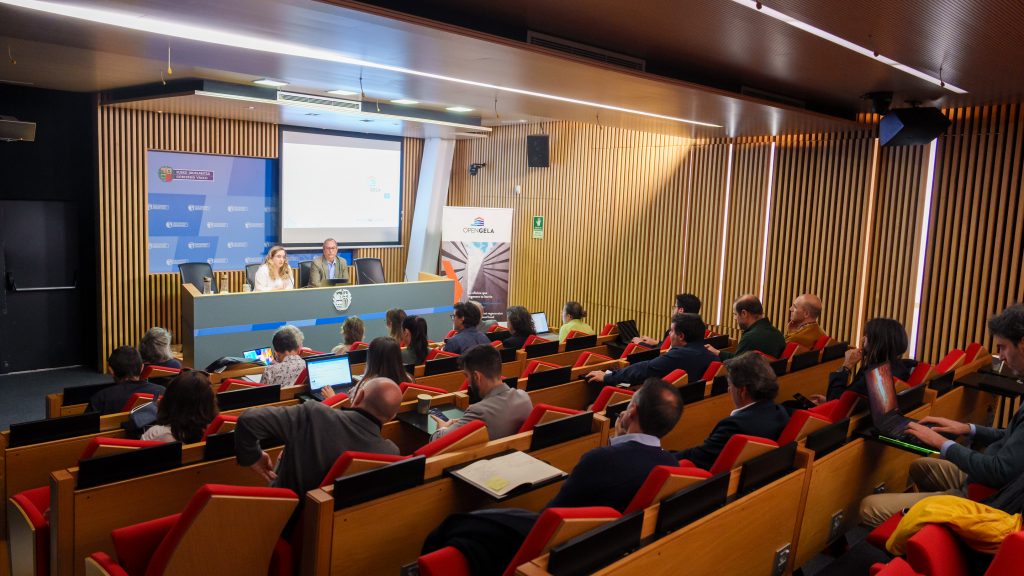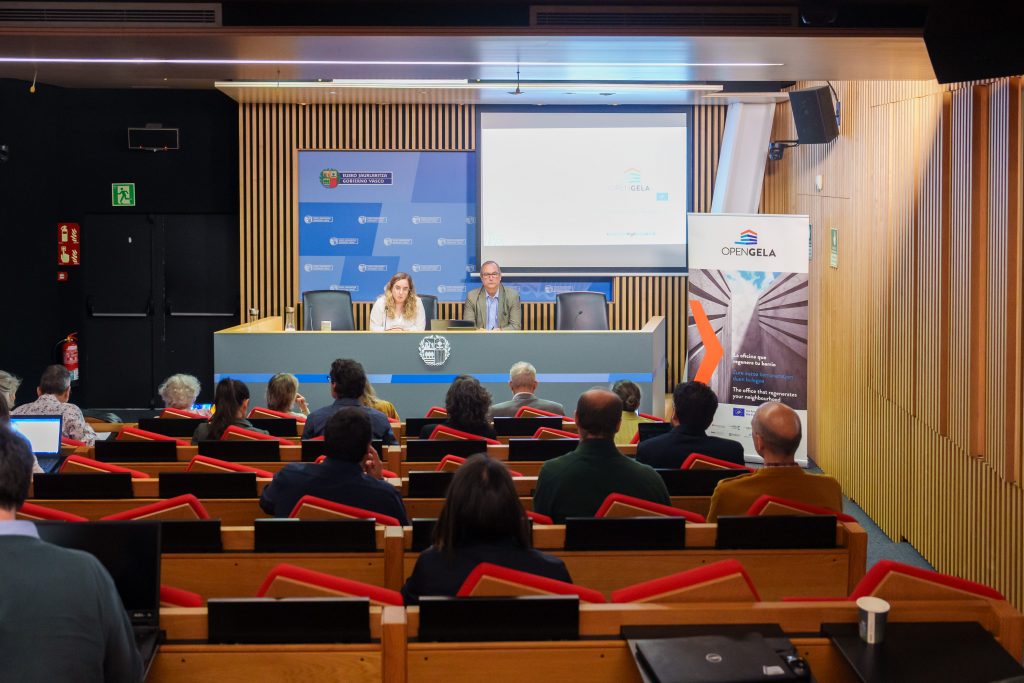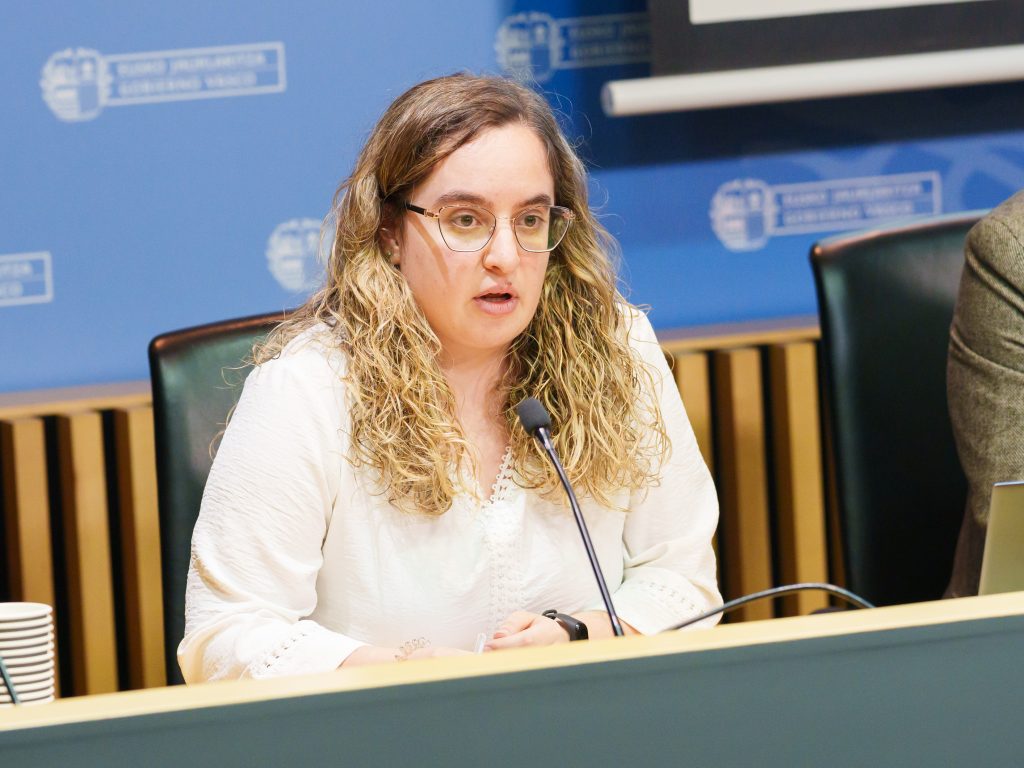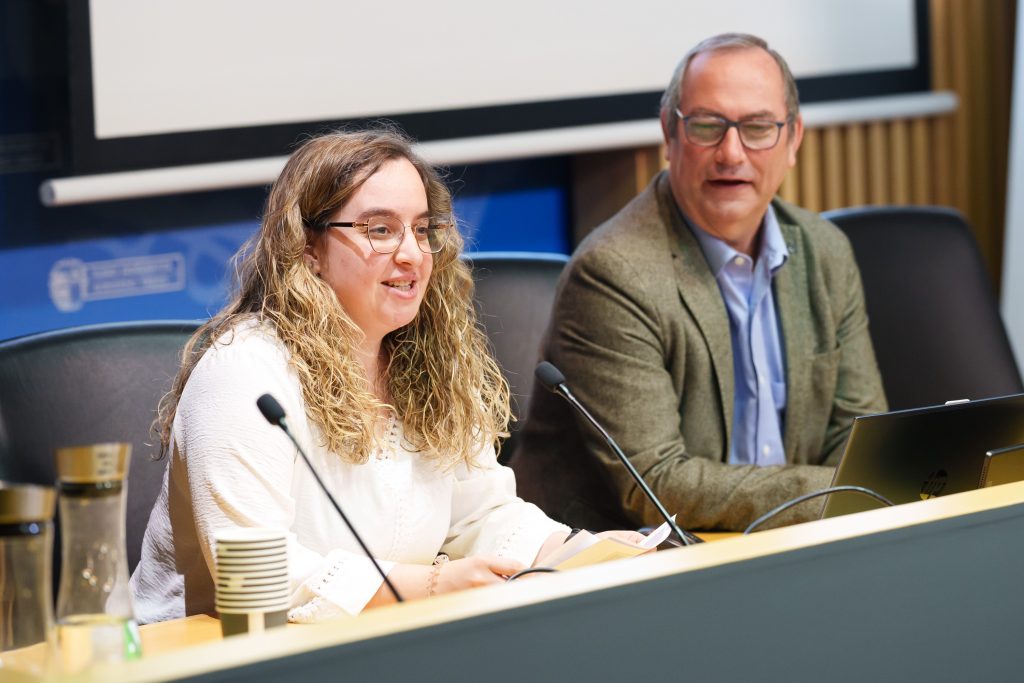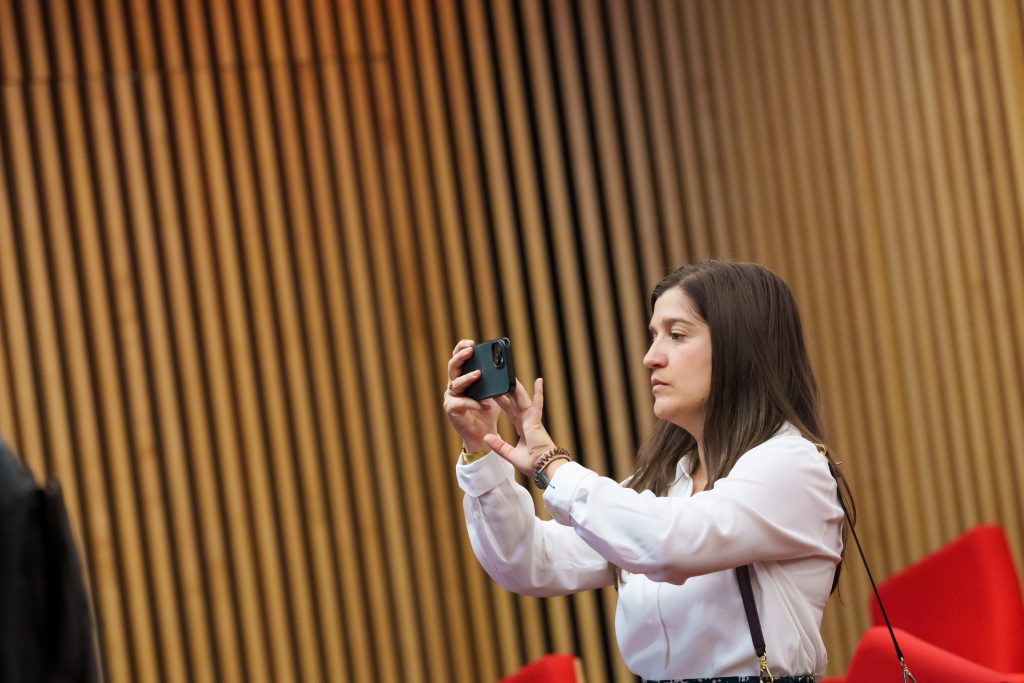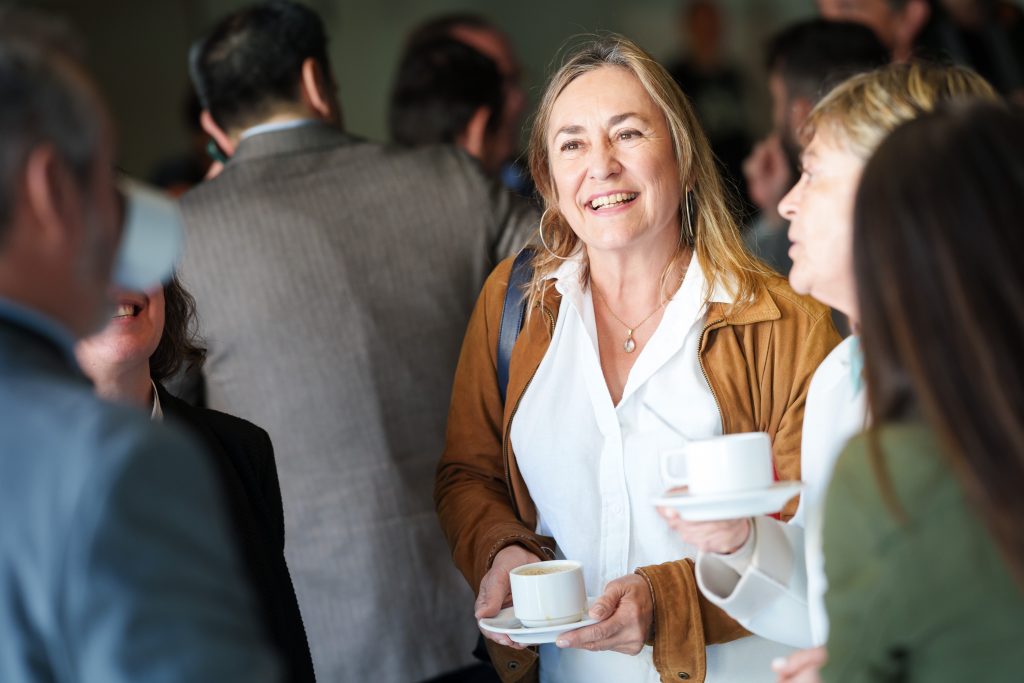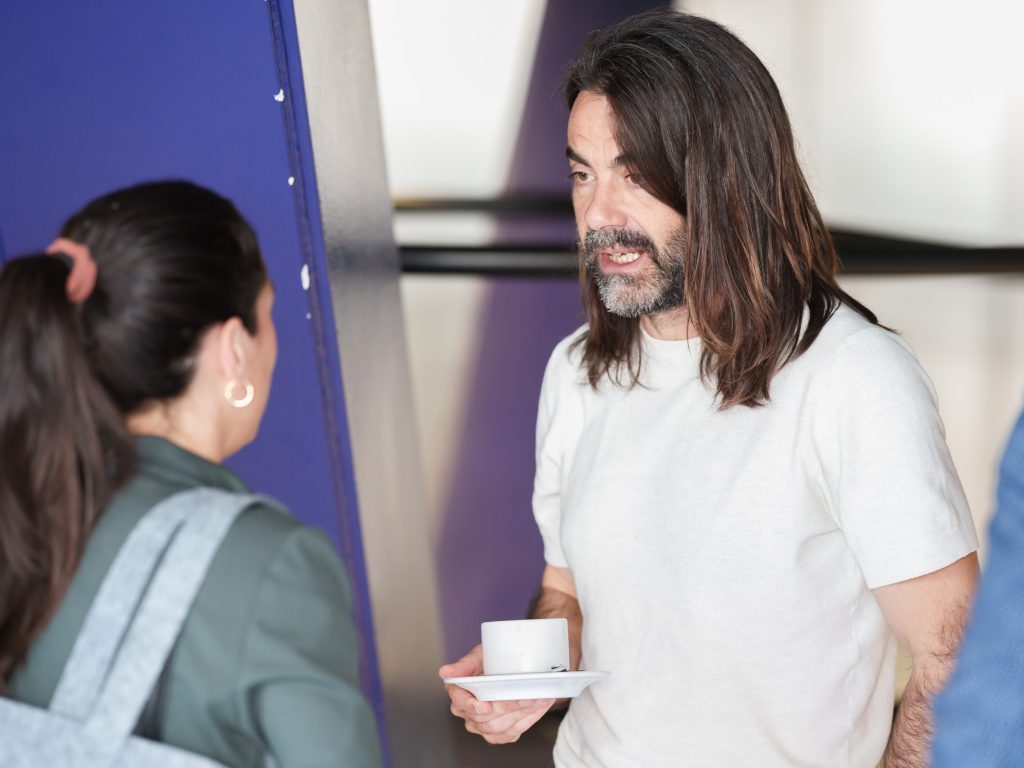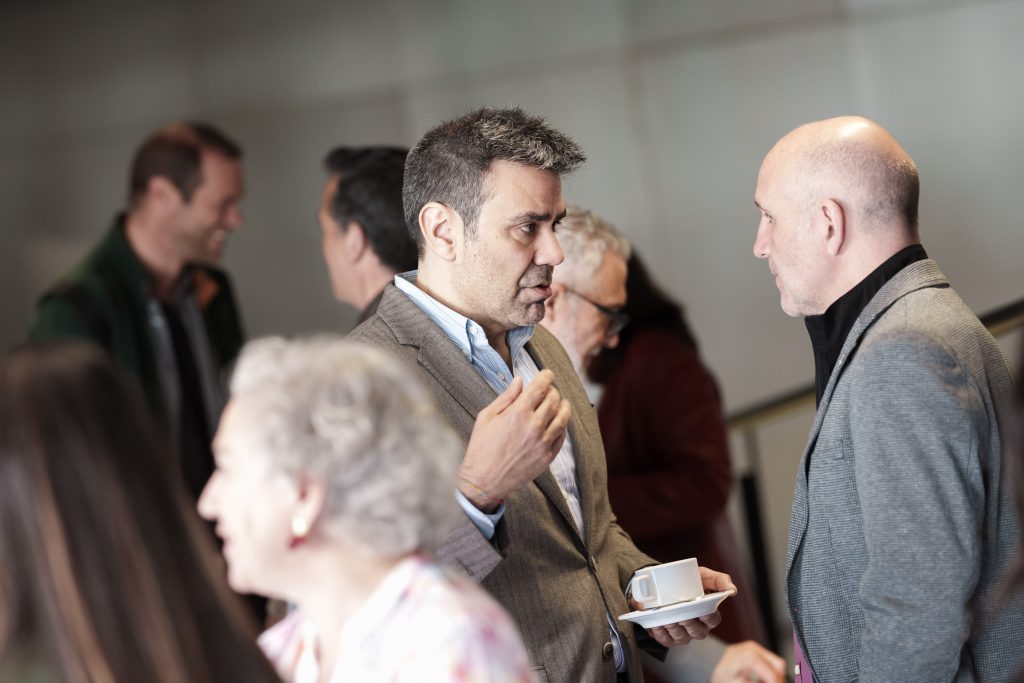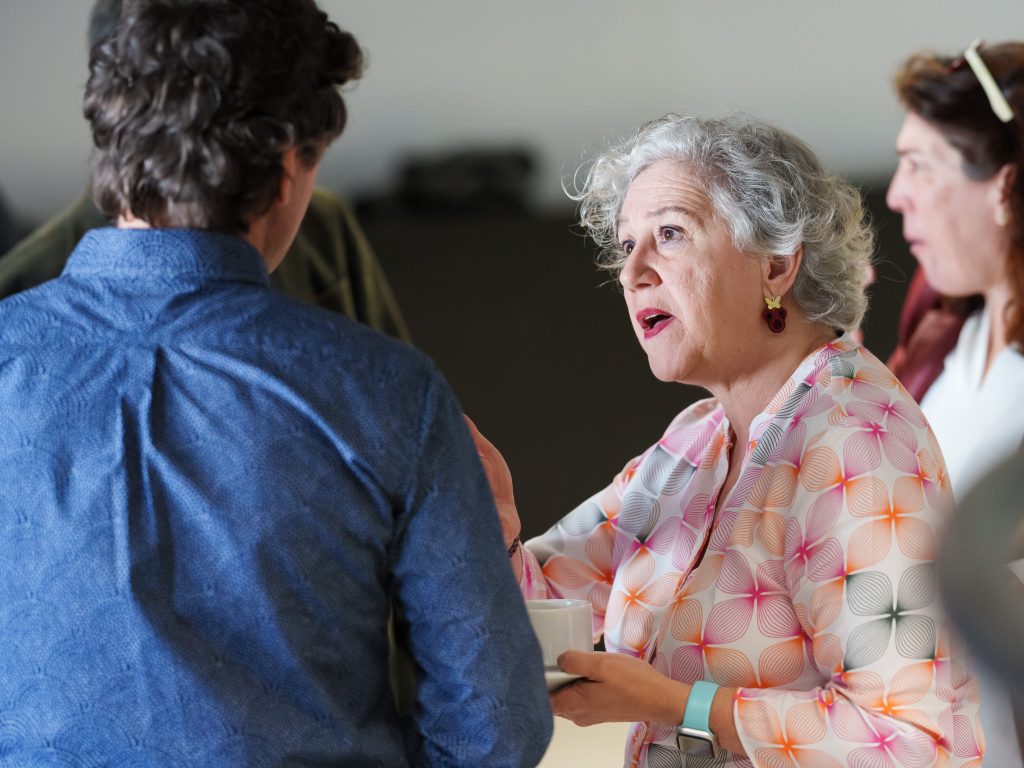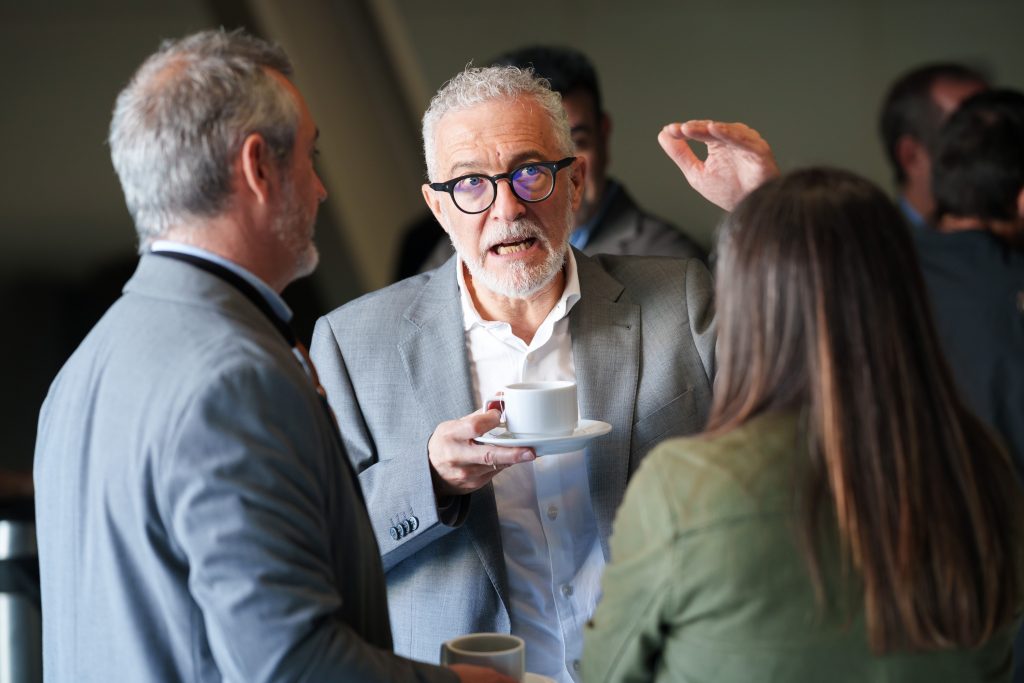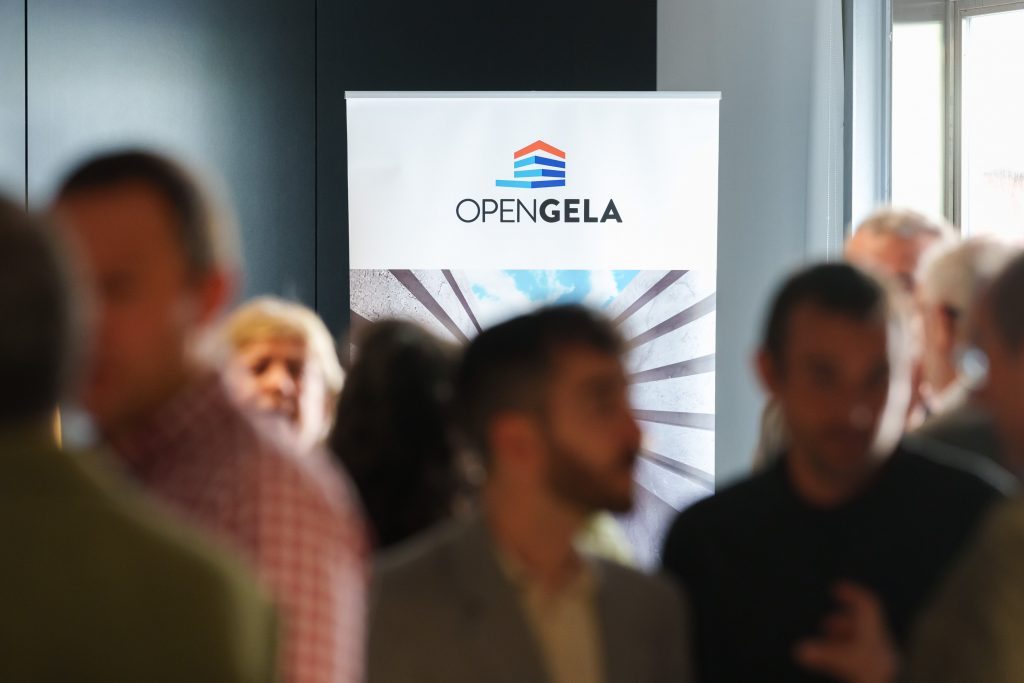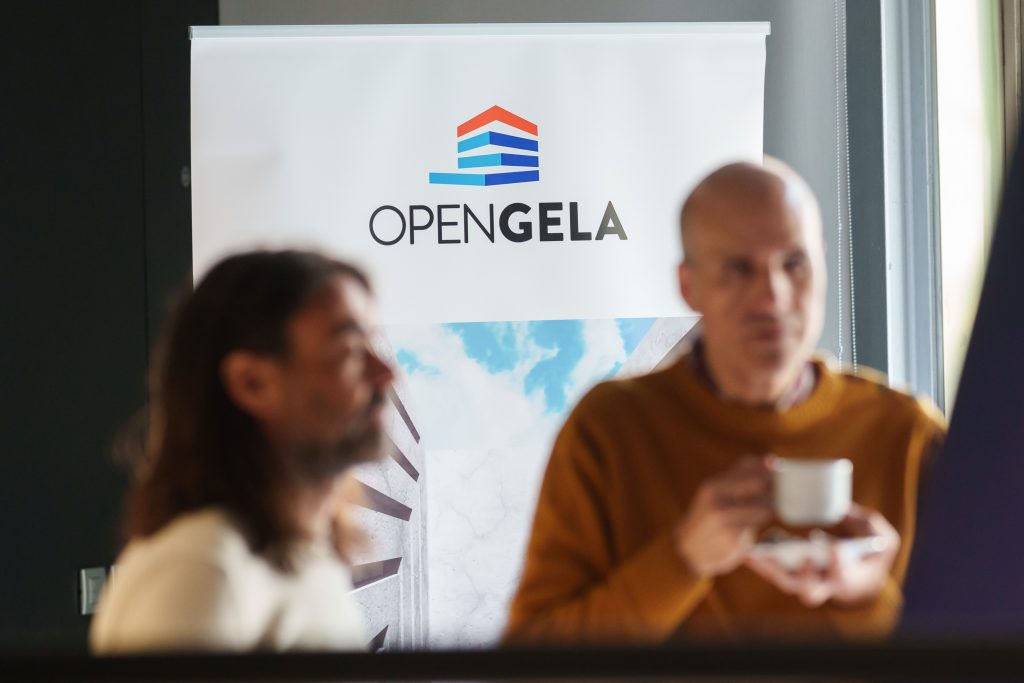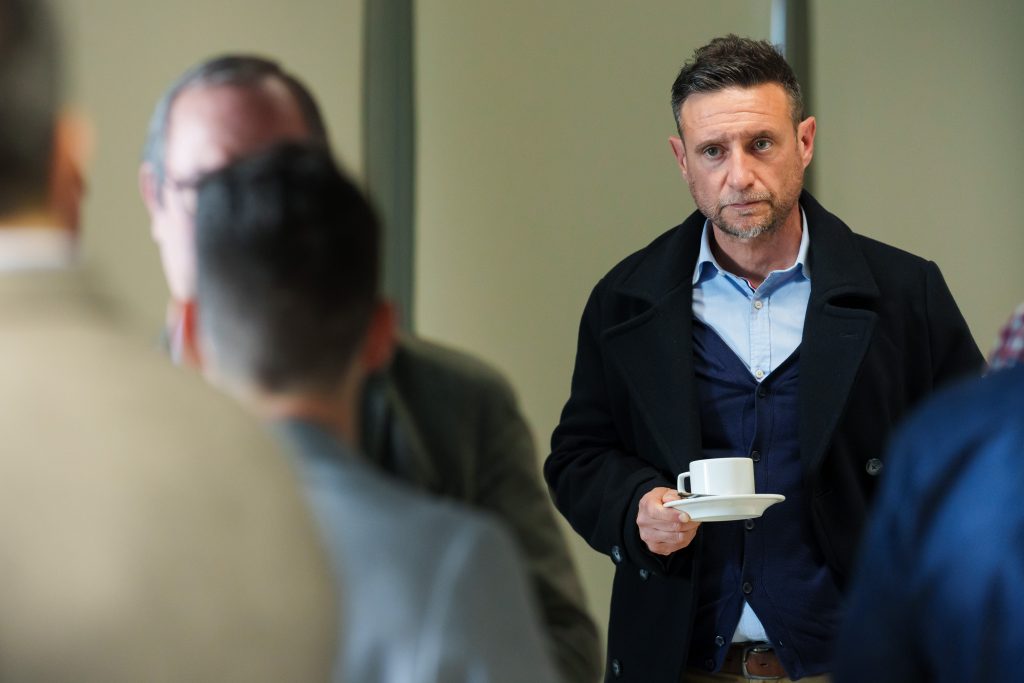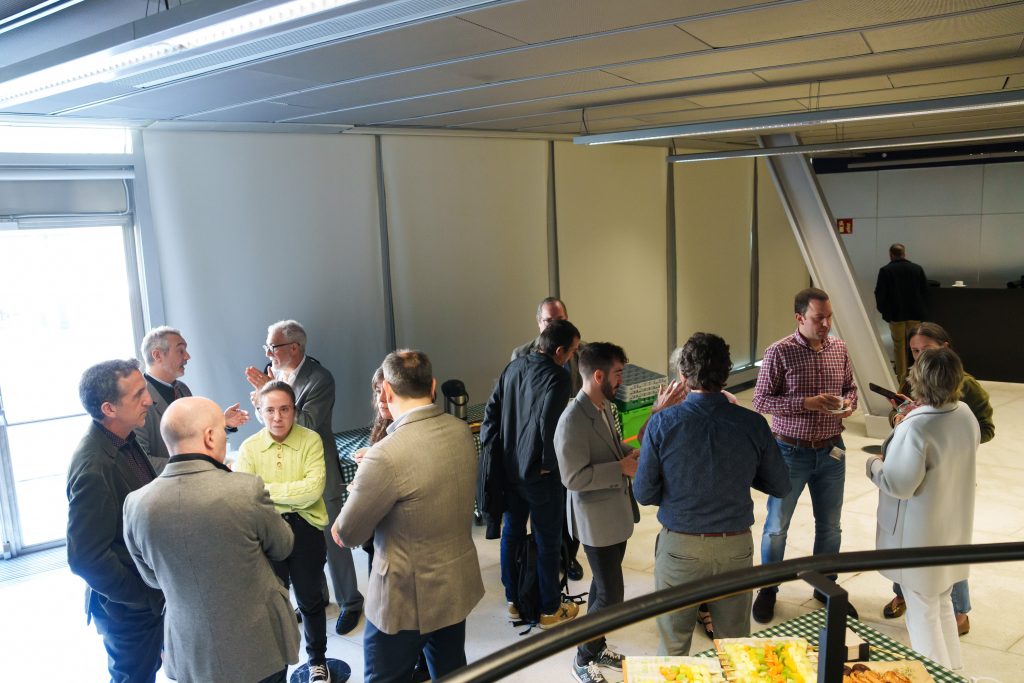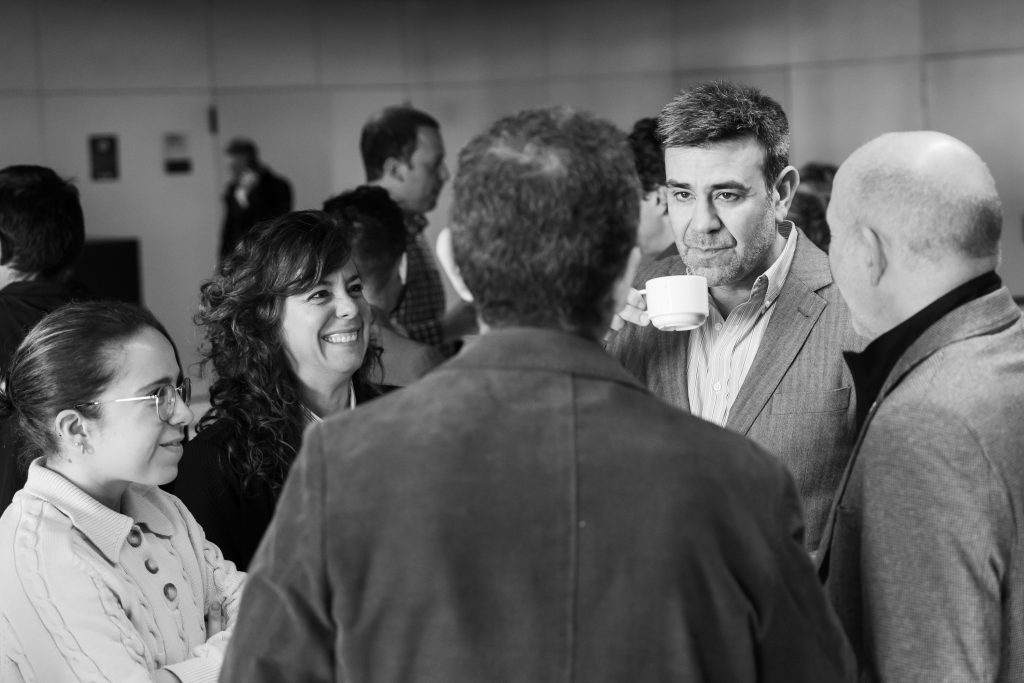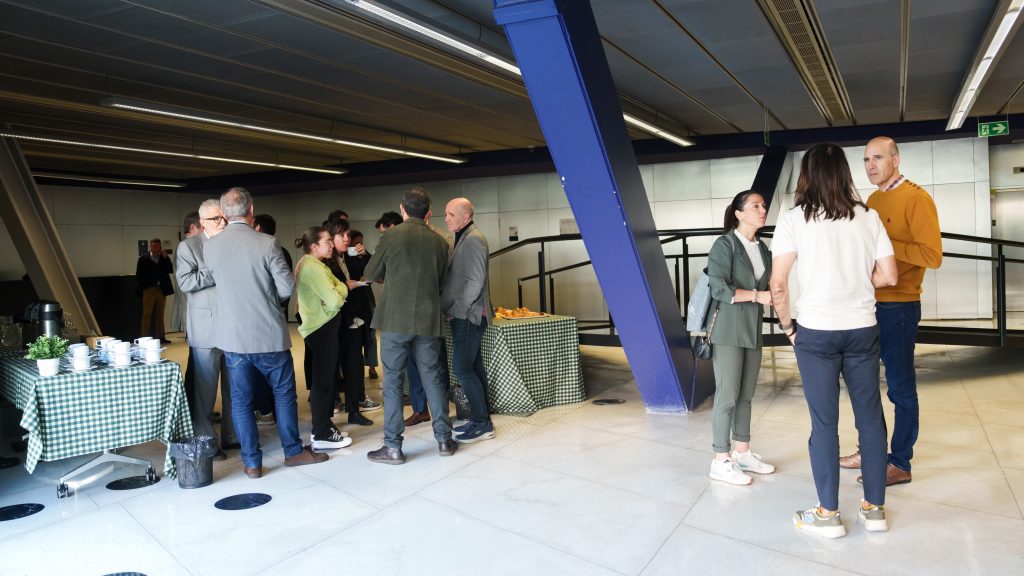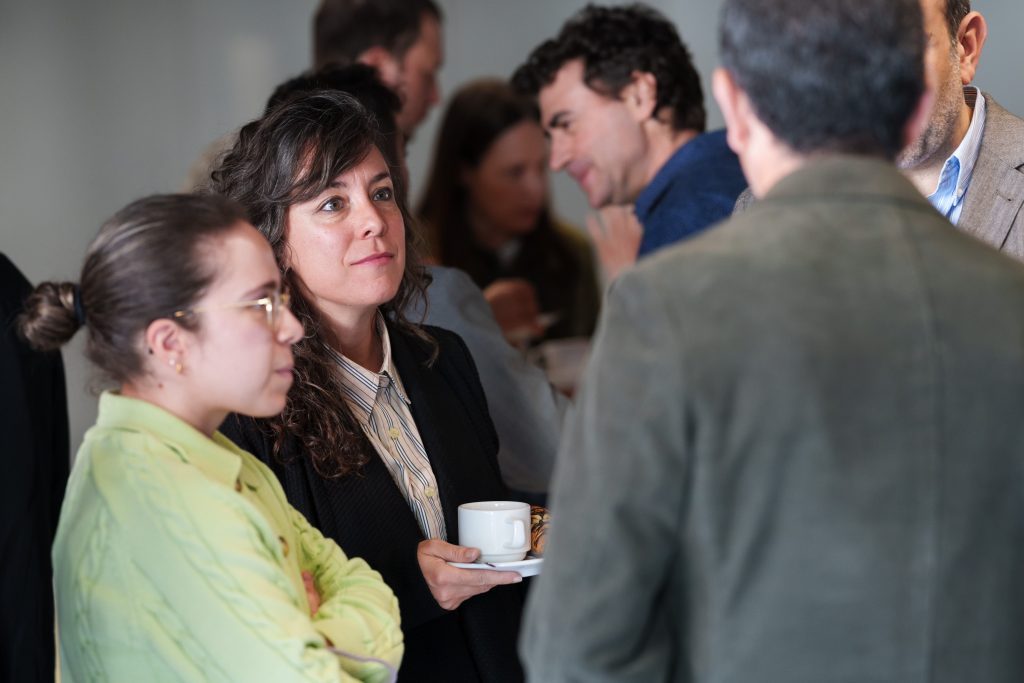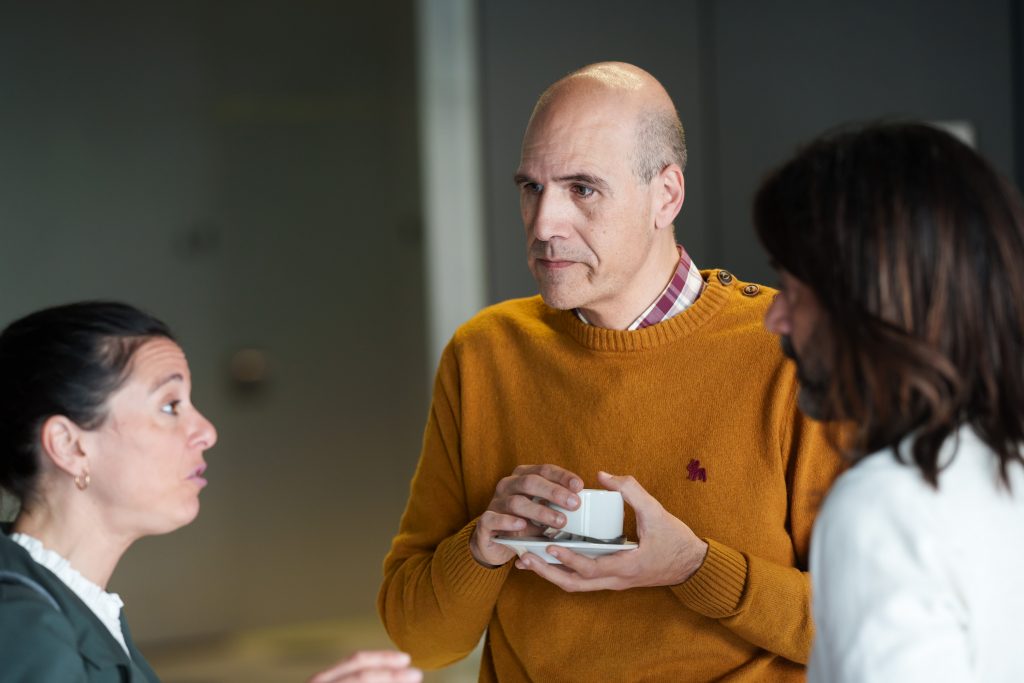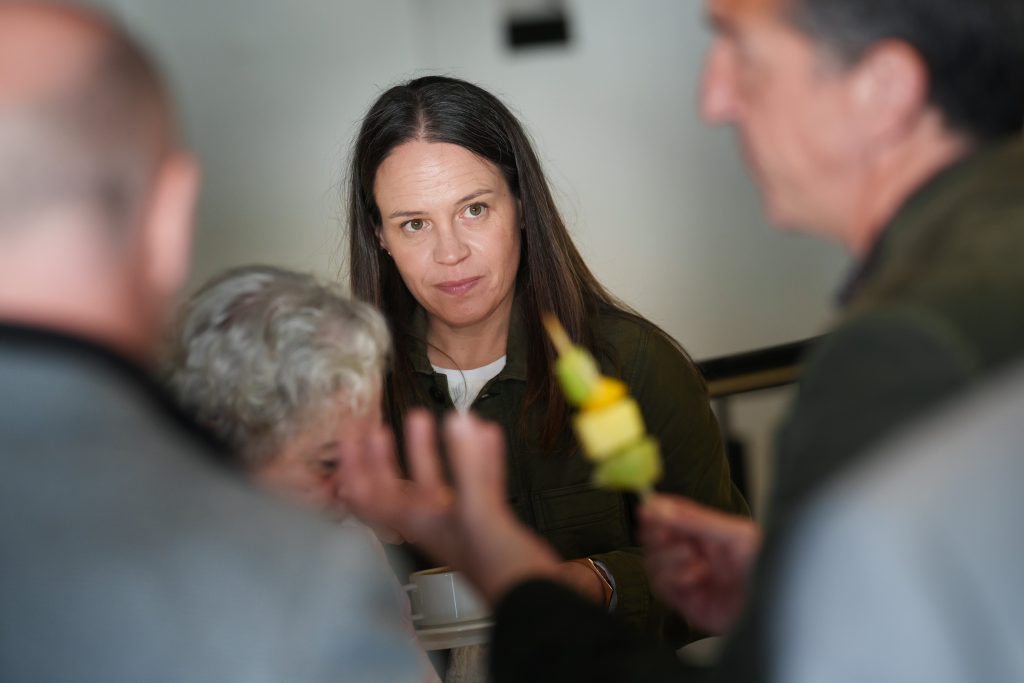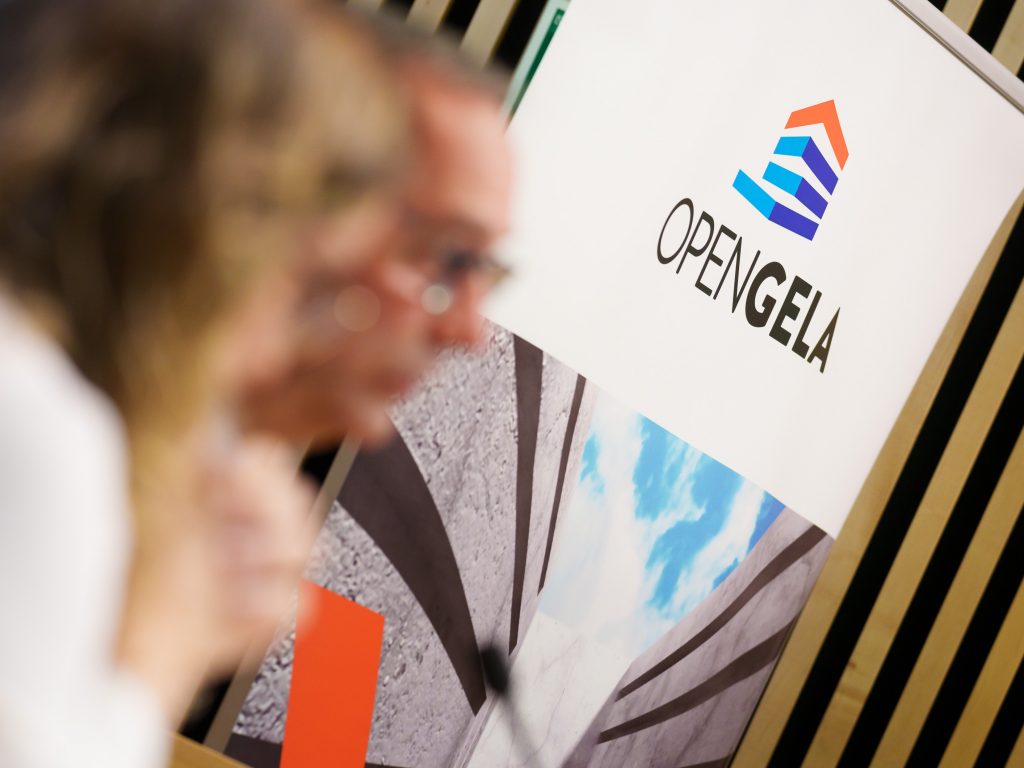
- Ekimenaren helburua Bilboko TorreUrizar auzoan aplikatu ahal izatea da, proba-eremu gisa.
- Ignacio de la Puertaren arabera, Eusko Jaurlaritzako Lurralde Plangintzaren eta Hiri Agendaren zuzendari eta BIRTUOSS proiektuaren koordinatzailea, Opengela “herritarrengan konfiantza sortuko duen marka izango da”.
Maiatzaren 24an, Bilboko Bizkaia Plaza Eraikinean Opengelak antolatutako workshop bat eman zen. Bertan, eraikuntzaren, ingurumenaren eta digitalizazioaren sektoreekin zerikusia duten hainbat euskal enpresak hainbat irtenbide berritzaile aurkeztu zituzten, gero Bilboko TorreUrizar auzoan aplikatu ahal izateko. Irtenbide horiek ‘living lab’ edo proba-eremu gisa erabiltzen ari dira, iazko irailean hasi zen BIRTUOSS proiektu europarrerako.
Gaur egun, TorreUrizarren helburuak irisgarritasuna hobetzea da, igogailua ez duten atarietan igogailua instalatuz, energia-eskaria murriztuz eta efizientzia hobea lortuz. Adibidez, inguratzaile sistemetan landuz, estalkian plaka fotovoltaikoak instalatuz, termoak gas-galdarekin ordezkatuz edo etxebizitzetan erradiadoreak instalatuz. Hala azaldu zuen Txari Vallejo Bilboko Udal Etxebizitzen arkitektoak, eta gainera, eraikineko aparkalekuan elektrolinera bat jartzea ere aipatu zuen. “Proposamen horiekin aurrezpenaren % 63 inguru lortzen dugu, eta, horrela, finantzazioaren % 80ra iristea lortzen dugu”, azaldu zuen Vallejok.
Gainera, arkitektoak adierazi zuenez, “adostasuna, ilusioa eta ahalmen ekonomikoa” funtsezkoak dira. “Jabekideen komunitateak ahalmentzen ari gara esku-hartze horiek egin ditzaten. Errehabilitatzeko nahia piztu dugu”, adierazi zuen.
Aurkeztutako irtenbide berritzaileak aplikatu ahal izateko, lankidetza publiko-pribatua, komunikazioa eta kontzientziazioa beharrezkoak dira. Hori da workshopetik ateratako ondorio nagusietako bat. Horrela, Energiaren Euskal Erakundetik (EEE), Sagrario Enerizek energia berriztagarrien hedapenaren beharraz hitz egin zuen, baina bakoitza planteatzen diren hiri-inguruneko espazio eta baldintzetara egokitu behar dela azpimarratuz.
Halaber, espazio publikoetan energia autokontsumoaren ideia planteatu zuen, eta Euskadiko autokontsumoko zenbait energia-komunitateren kasuak azaldu zituen, hala nola Otxarkoagan edo Lasarte-Orian autokontsumo partekatuko energia-komunitateena edo Sestaoko Txabarri El Sol auzoarena, udal-jabetzako biomasako bero-sare baten bidez. Kasu horiek guztiek energia berriztagarriak, tokikoak eta kolektiboak dira. Azkenik, Enerizek adierazi zuenez, herritarrekiko komunikazioa eta parte-hartze irekia ezinbestekoak dira herritar guztiak inplikatzeko.
Opengelan parte hartzen duten hiru euskal klusterrek ere parte hartu zuten. Build:Inn-en eskutik, eraikuntzaren sektorea biltzen duen klusterra, zenbait irtenbide industrializatu eta energia-eraginkortasunekoak azaldu ziren, neurri pasiboak eta aktiboak aplikatuz. Marta Epeldek hasteko aipatu zuenez, “birgaitze-lanak hasiera batean nekagarriak dira”. Beraz, klusterrak (lehen Eraikune deitua) irtenbide aktibo eta pasibo batzuk helarazi zituen, egoiliarrei ahalik eta kalte gutxien eragiteko garatuak.
Pasiboen artean nabarmenena, eta “birgaitze energetikoaren osagai kritikoa”, fatxaden isolamendua da, SATE zehazki, baina “hasiera besterik ez da”. Izan ere, gaur egun, argitaratutako zuzentarauek berroneratze sakonak eta integralak eskatzen dituzte, energia-aurrezpen nabarmenarekin, eta, beraz, esku hartzeko orduan, eraikinen orokortasunean oinarritu behar da. “Ez ditzagun ahaztu egur-lanak, zubi termikoak, kontrolik gabeko aireztapenak eragin ditzakeen galerak, hermetikotasun txarra, fatxadan gaizki ahokatuta dagoen leihoa edo aireztatze-sistema zaharra”, azaldu zuen.
Soluzio aktiboen artean, besteak beste, eguzki-panel termikoak edo sistema fotovoltaiko partekatuak instalatzea.
Era berean, Epeldek aipatu zuenez, material eta elementu aurrefabrikatuek garrantzi handia dute obrak ahalik eta azkarren egiteko eta, aldi berean, auzokoak ahalik eta gutxien oztopatzeko. Obretan parte hartzen duten pertsonak ere aipatu zituen, eta “sentsibilitate tekniko hori guztia” izan behar dutela adierazi zuen, baina baita pertsonekin aritzen direla ere.
ACLIMAk, eta, zehazki, Juan Antonio Gascónek, naturan oinarritutako hiri-soluzioen berri eman zuen, eta, azaldu zuenez, onura ugari dakarzkie hiriei eta biztanleei, hala nola klima-aldaketa arintzea eta klima-aldaketara egokitzea; euri-uren mantenu-eremuak sortzea; giza eta hiri-erosotasuna; biodibertsitatea hobetzea, hiri-nekazaritza, airearen eta uraren kalitatea, eta karbono-emisio gutxiko irtenbideei laguntzea. Gainera, giza eta hiri-psikologian eta -osasunean laguntzen dute. “Kontua hiriak berregitea da, gizakiaren habitat naturala natura baita, ez asfaltoa”, adierazi zuen Gascónek.
Eraikinaren eskalan, adibidez, landare-estalkiak edo -fatxadak daude, eta hiri-eskalan, landare-itzalak edo zoladura iragazkorrak. Dagoeneko badira Euskadin soluzio horiek abian jarri diren zenbait leku, hala nola Europa Biltzar Jauregian (Gasteiz), Legazpin, Igeldon edo Idiazabalen. Estatu mailan, Bartzelona aitzindarietako bat da eta bertan mota horretako hainbat ekintza egin dira.
Hala ere, Gascónek adierazi zuenez, naturan oinarritutako era horretako irtenbideak aplikatzen dituzten enpresak badauden arren, ez dituzte aplikatzen, beste faktore batzuek ere eragiten dutelako, hala nola herritarren ezjakintasunak.
Azkenik, GAIAko ordezkaria den Itziar Vidorretak ezagutza-teknologietan oinarritutako irtenbideen ikuspegia eman zuen. Vidorretak azpimarratu zuenez, Opengela bezalako modelo batean, “klusterren arteko lankidetza funtsezkoa da”. Era berean, gaur egun merkatuan dauden soluzioak biltzen dituen teknologia-mapa bat aurkeztu zuen.
GoroldioTEK nabarmendu zuen Vidorretak, Madrilgo Unibertsitate Autonomoarekin lankidetzan egina. “Naturan oinarritutako irtenbidea, goroldioa, erabiltzeko aplikazioa da, baina monitorizazio-teknologiak ditu atzean, kontsumoak kontrolatzeko balio dutenak, eta aplikazio praktiko bat du, informazio-panelen bidez edo autobus-geltokietan ere aplika daitekeena”, azaldu zuen.
“Eraikinaren eskala auzora igo”
Jardunaldiari hasiera emateko, Ignacio de la Puerta Eusko Jaurlaritzako Lurralde Plangintza eta Hiri Agendaren zuzendariak hitzaldia eman zuen. Opengelaren diagnostiko bat egin zuen 2019an sortu zenetik, Horizon 2020 Europako esparru-programaren bidez finantzatutako proiektu gisa, eta, gaur egun, Europako Batzordeak LIFE programaren bidez emandako konfiantzari esker jarraitzen du, BIRTUOSS izeneko proiektu batekin. Duela lau urte Txontan (Eibar) eta Otxarkoagan (Bilbo) hasi zen hurbiltasun-bulegoen bidezko hiri-berroneratze zerbitzu hori Euskadiko beste 23 herritara zabaldu da, eta eredu da Estatuko eta Europar Batasuneko beste udalerri batzuentzat.
Arrakasta horrek hobetzen jarraitzera bultzatzen du, eta etapa berri honen helburu nagusietako bat eraikinetik auzorako jarduketa-eskala igotzea da, eredu erraz, integratzaile eta sinple baten bidez. Eredu horrek funtsezko alderdiak barne hartuko ditu, hala nola eraginkortasun energetikoa; finantzaketa eskuragarria; zerbitzuak emateko esparru juridiko bat; IKT tresnak eta etxeen digitalizazioa; Eraikinaren Pasaportea; naturan oinarritutako irtenbideak edo energiaren erabilerari buruzko gaikuntza eta aholkularitza. Gainera, dimentsio soziala integratu nahi da, pobrezia energetikoari eta osasunari aurre egiteko eta komunikazio- eta baterako diseinu-estrategiak hobetzeko aukera emanez, erabiltzailea erabakiak hartzen inplikatzeko. Azken batean, auzoa izango da berroneratze-prozesuaren erdigunea.
Proiektuaren koordinatzaileak azpimarratu zuenez, beharrezkoa da kudeaketa-erakunde bat sortzea, proiektu publikoko bazkideen arteko lankidetza bidez, herritarrei konfiantza emango dien marka sortu ahal izateko.
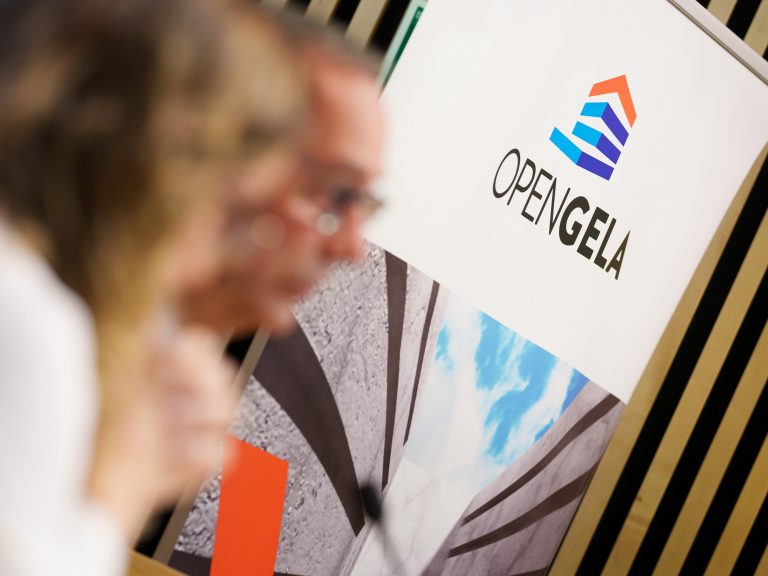
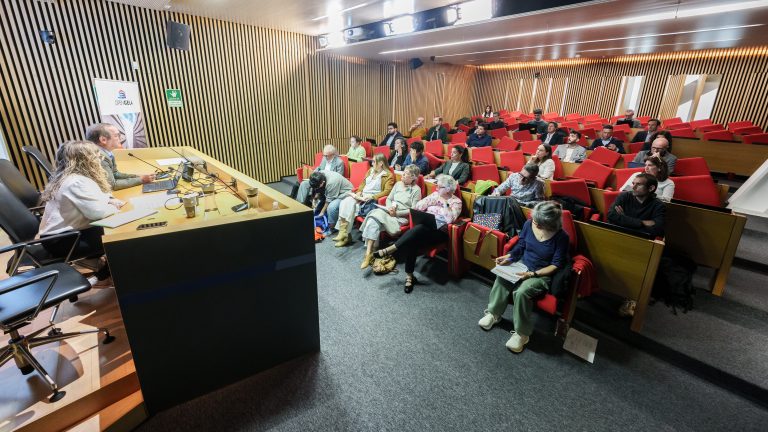
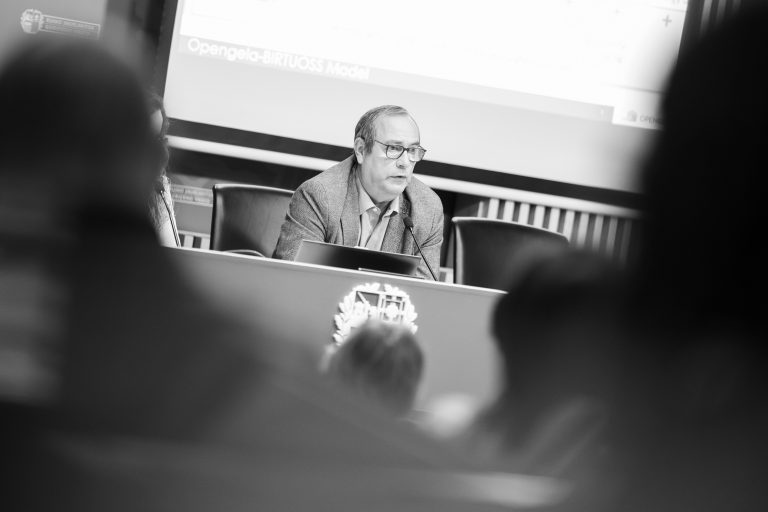
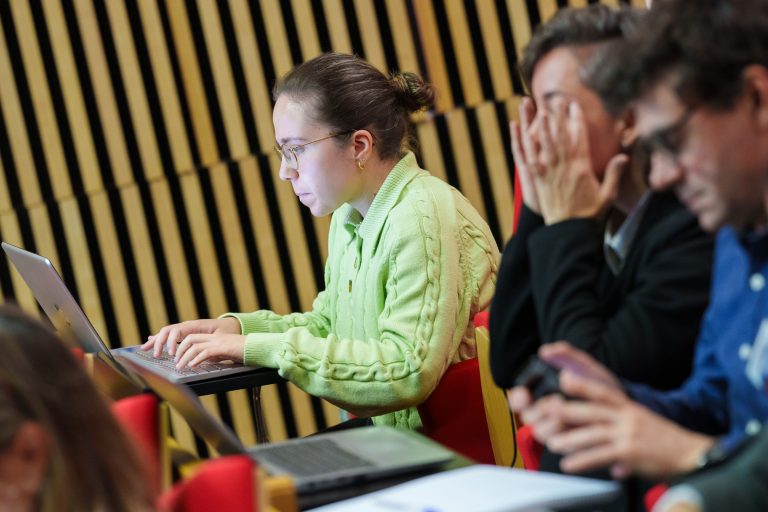
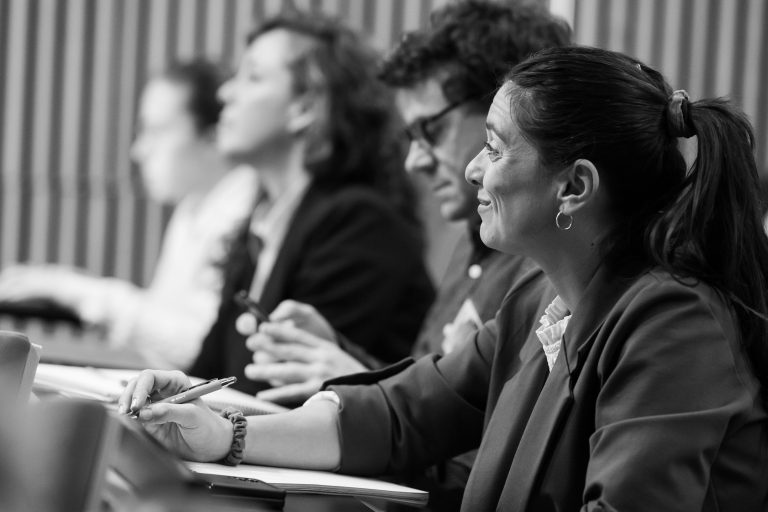
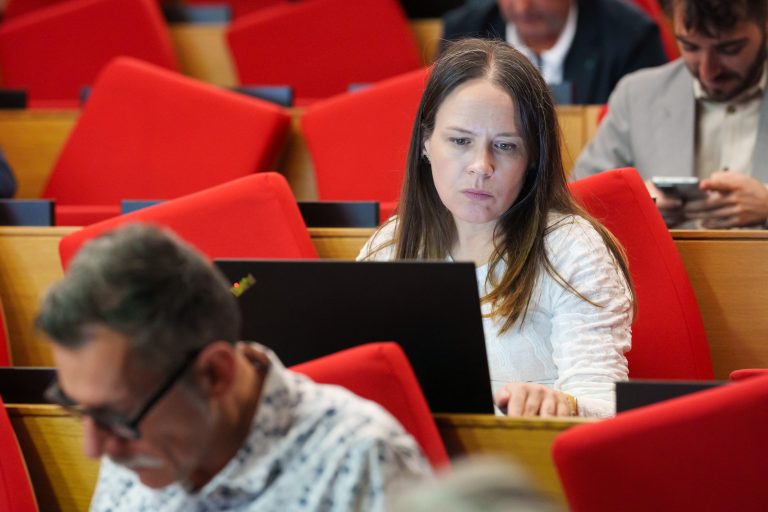
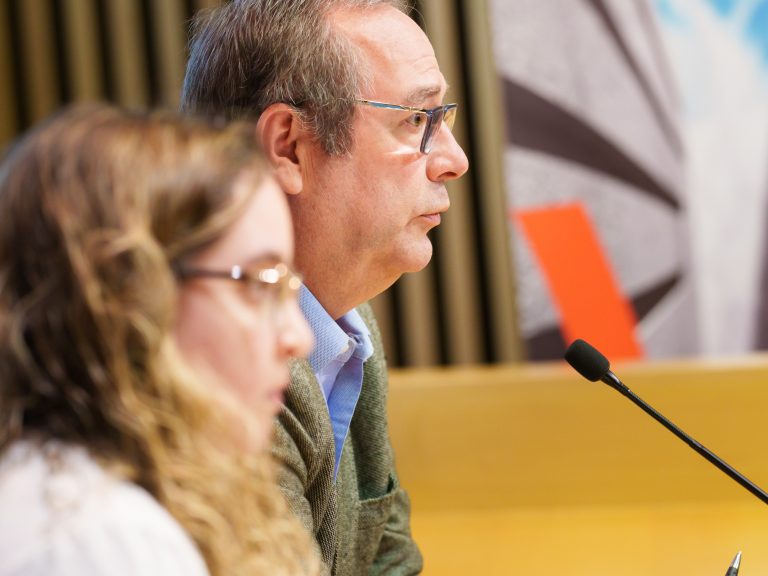
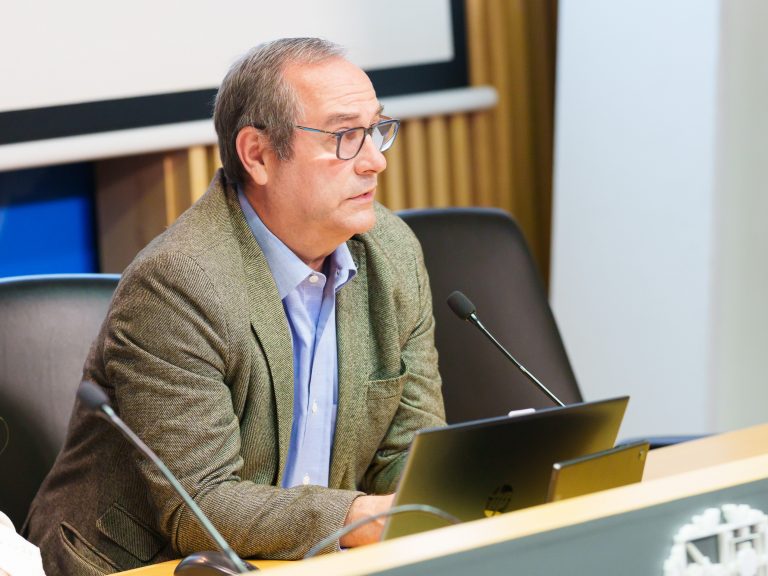
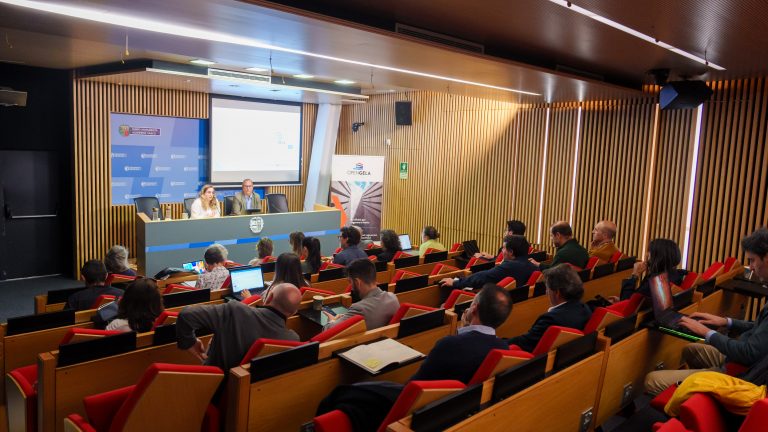
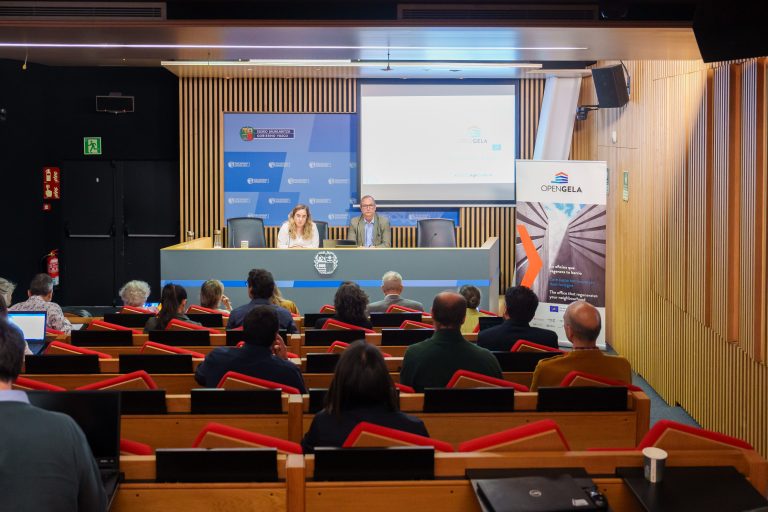
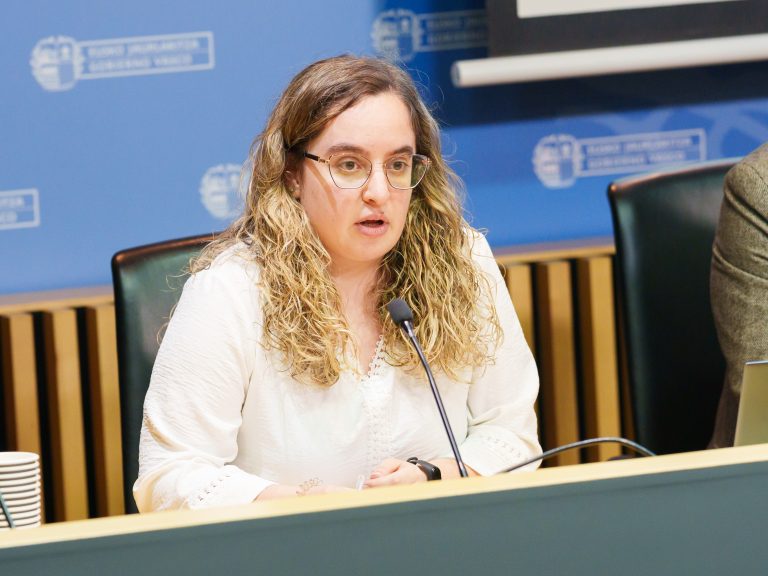
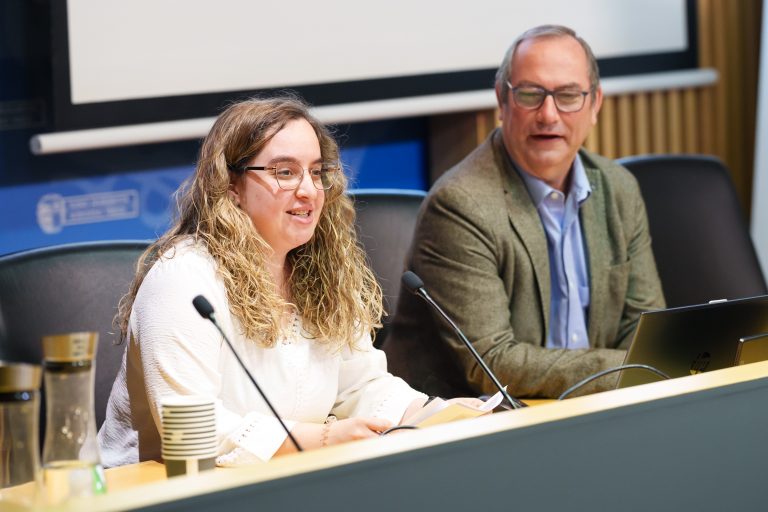
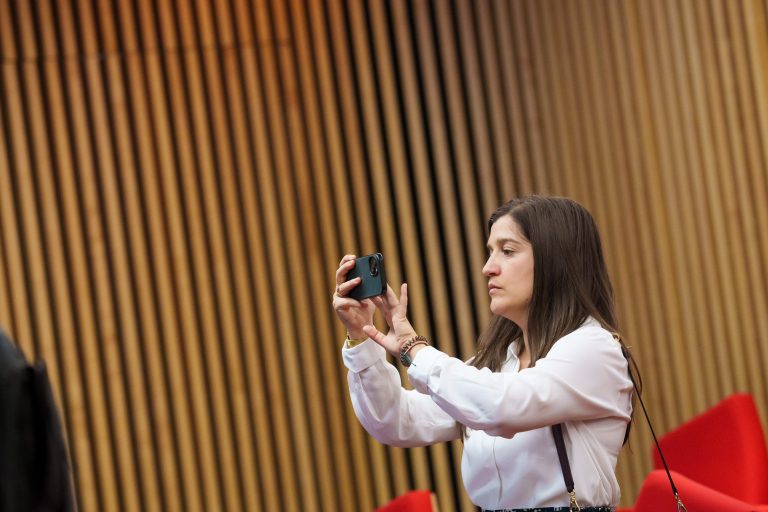
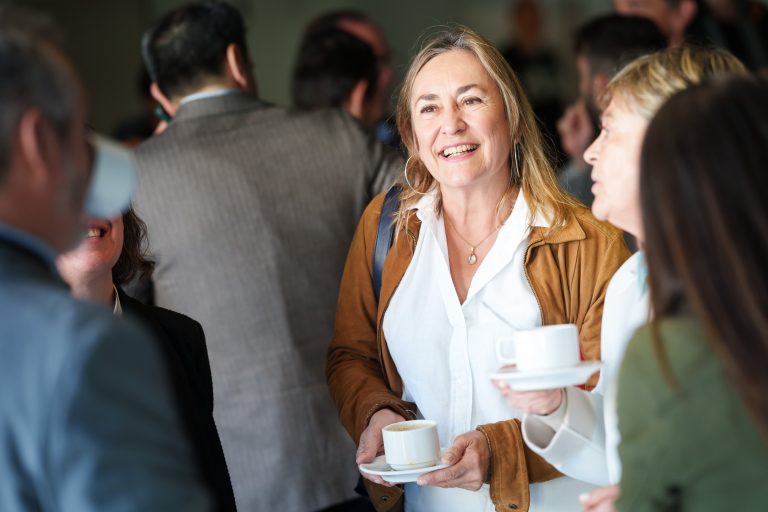
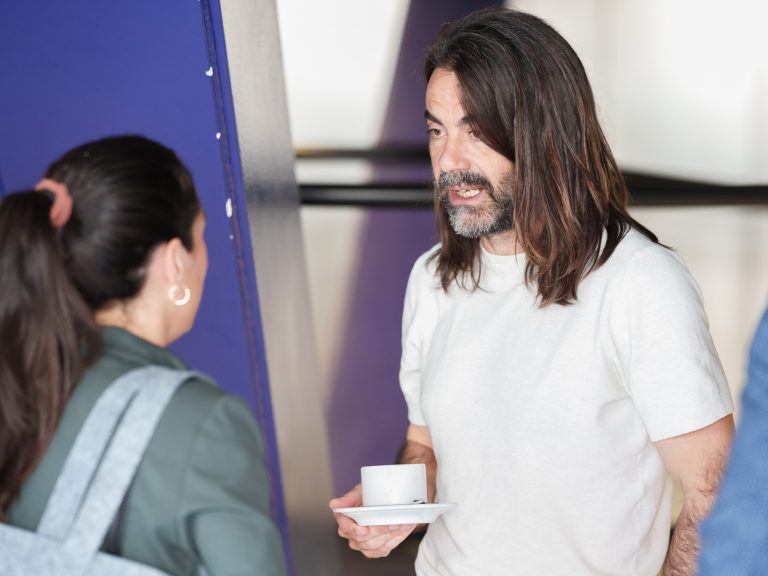
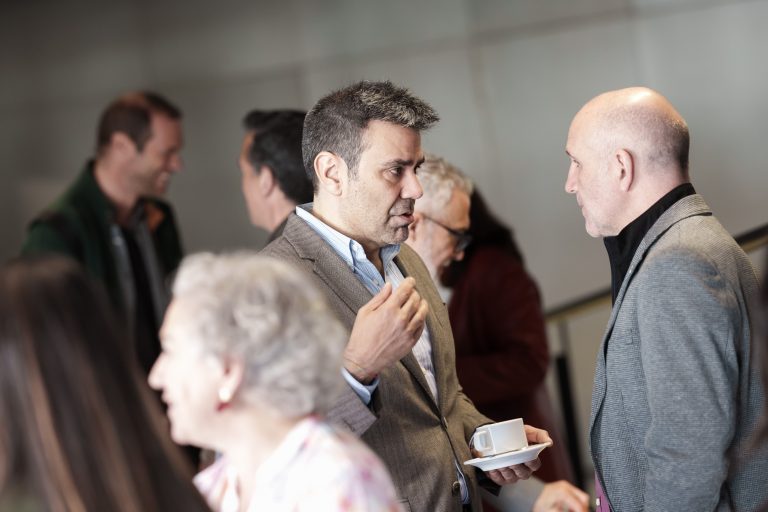
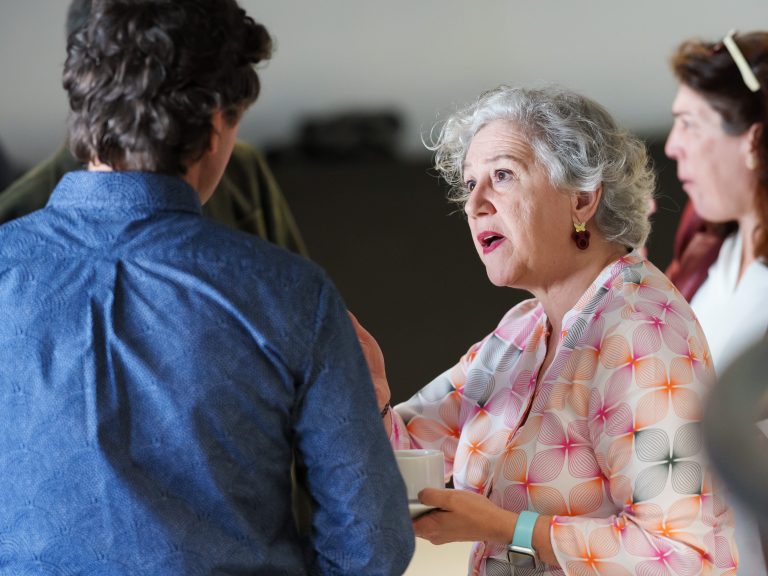
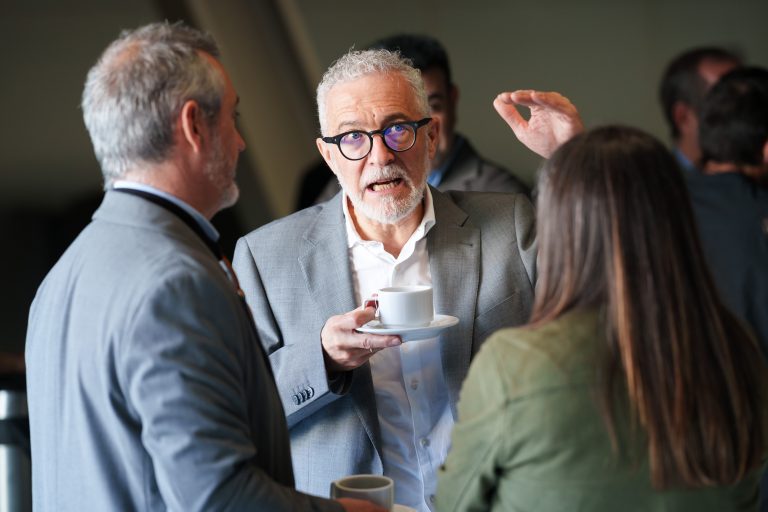
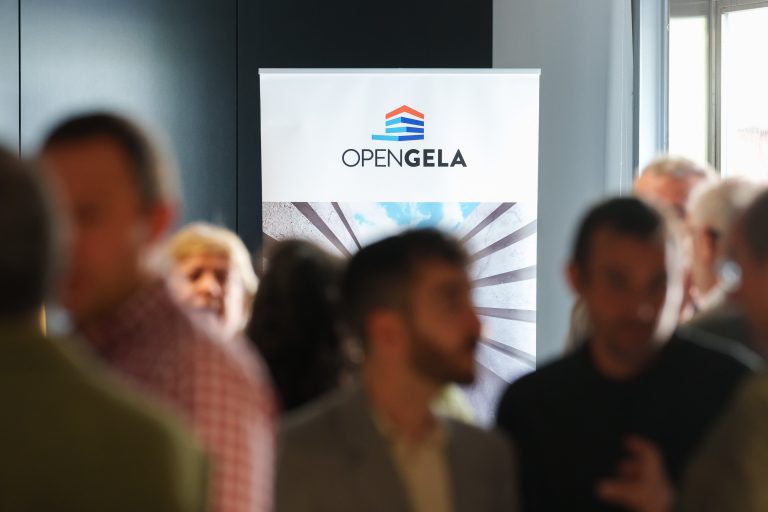
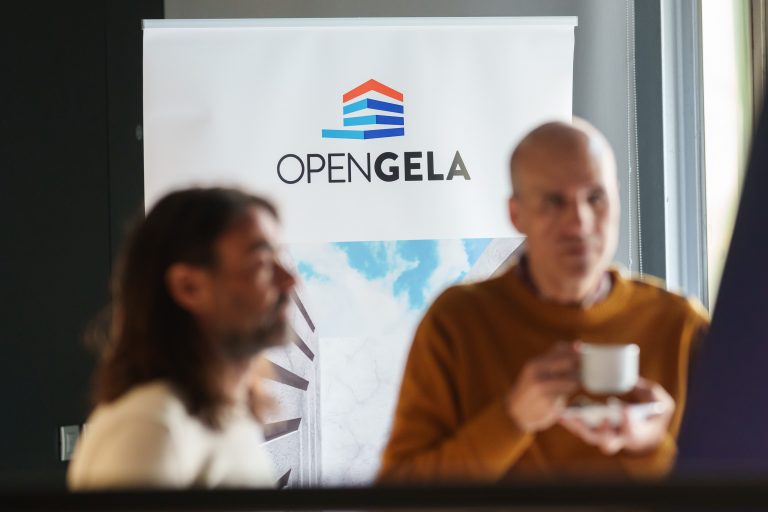
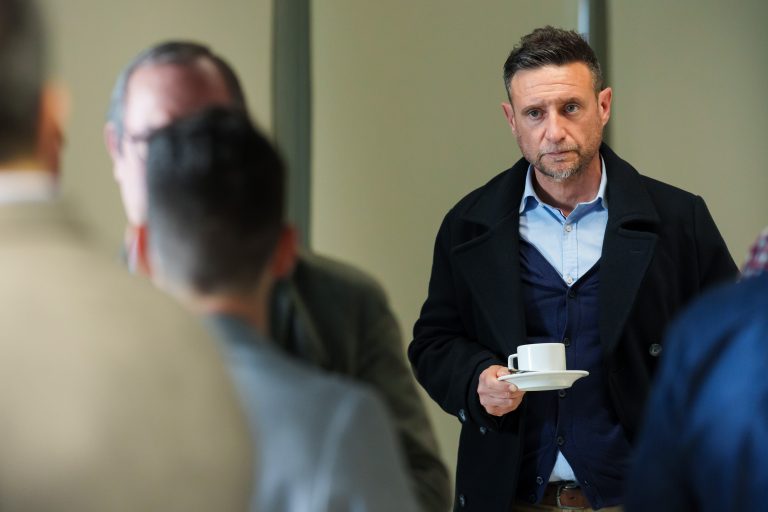
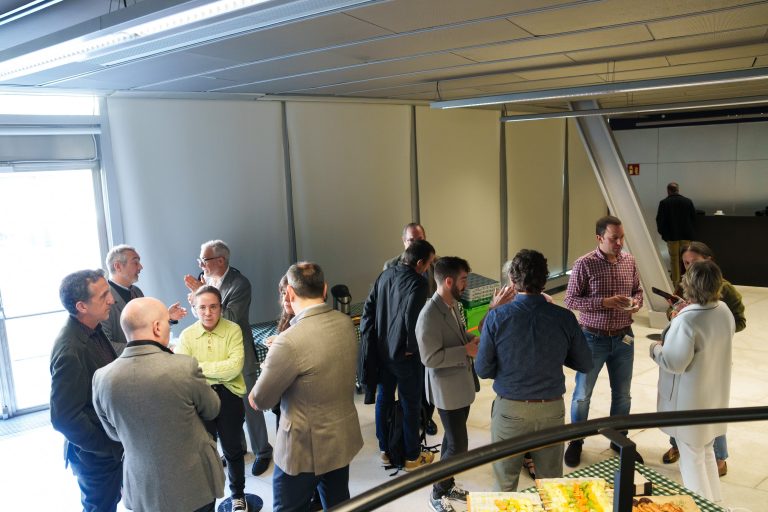
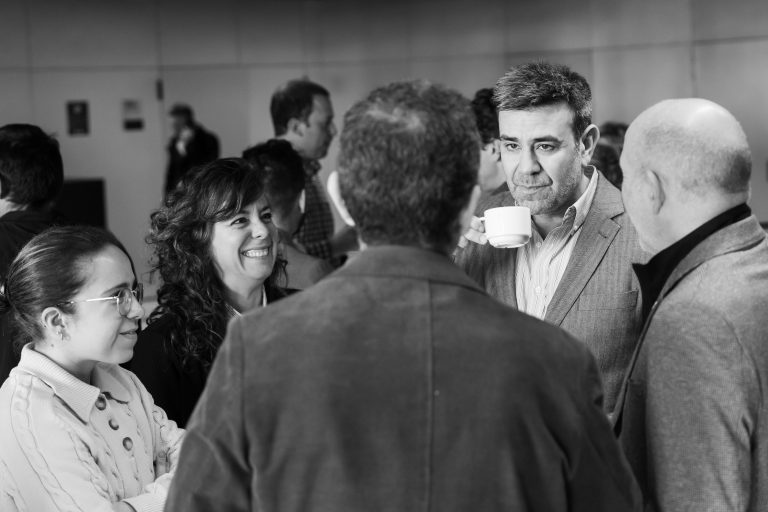
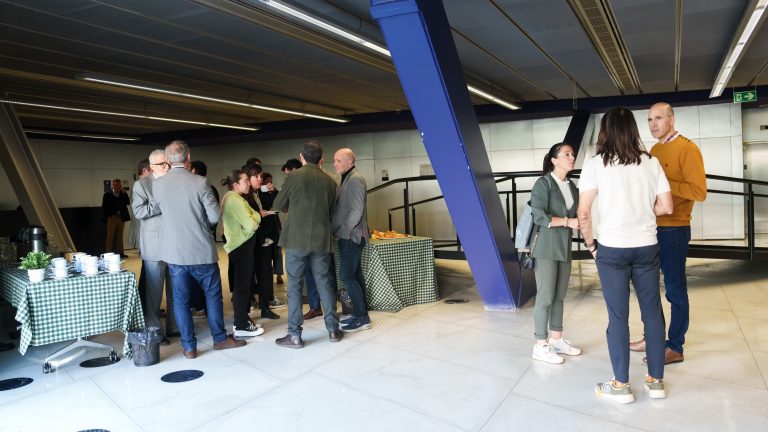
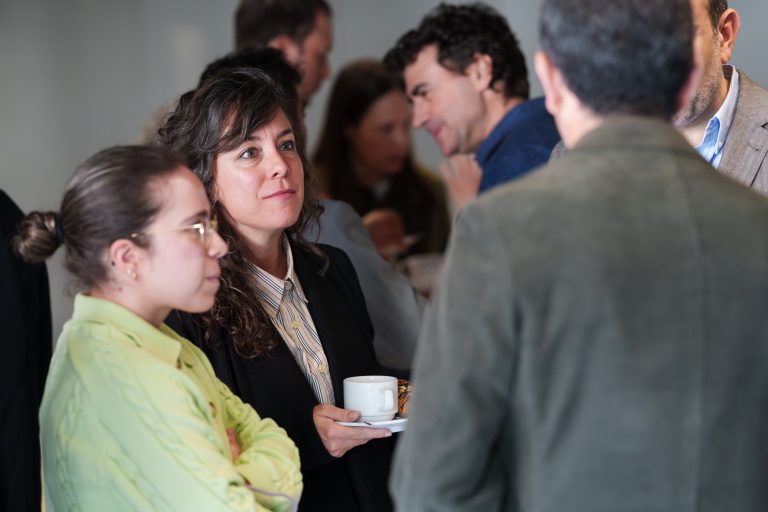
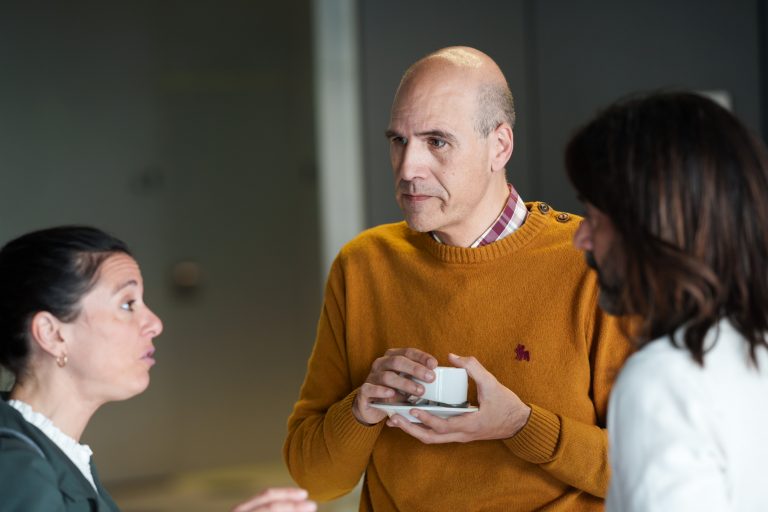
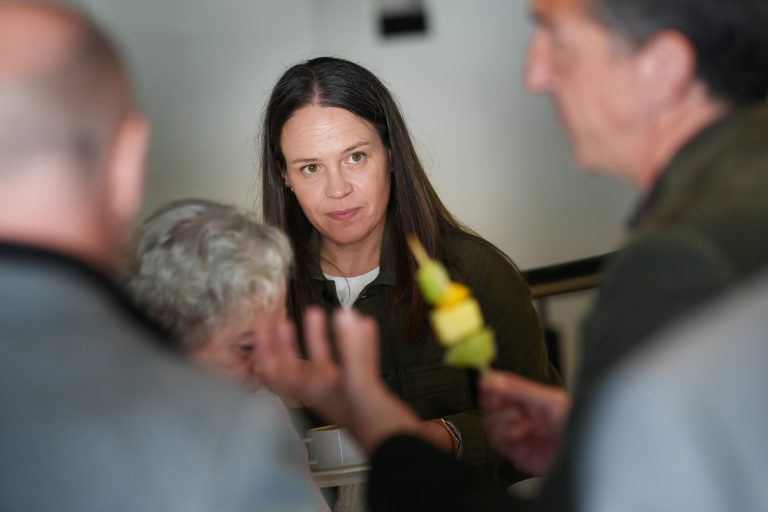
OPENGELA NEWSLETTER
JASO ITZAZU OPENGELAREKIN LOTUTAKO ALBISTE GUZTIAK







